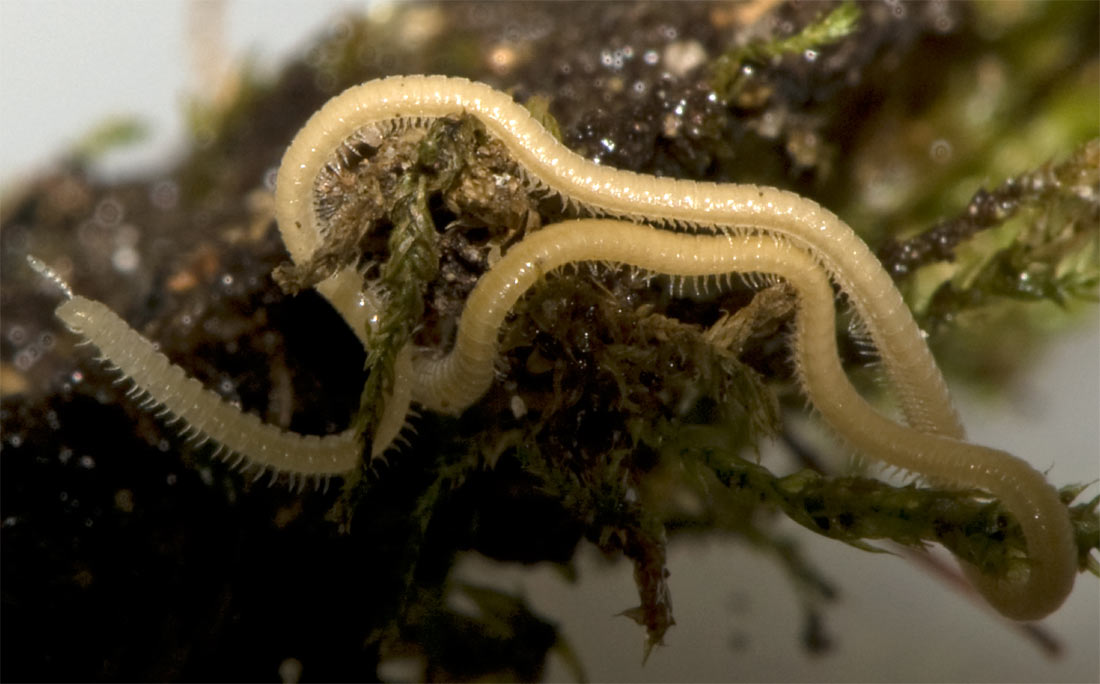666-Legged Creature Rediscovered

She is all legs and after 27 years, she is showing not one but 666 of her rarely seen limbs.
After years of searching, scientists have rediscovered Illacme plenipes, a millipede that is the world's leggiest creature, in a tiny patch of San Benito County, Calif.
This type of millipede was first discovered in 1926.
The word millipede literally means a thousand feet. In reality, no millipede has so many. The I. plenipes, however, comes closest, with the females possessing up to 750 legs based on previous finds.
She wears the pants
Over the course of three trips to the California Floristic Province, scientists found four male specimens and three females, which they report in the June 8 issue of the journal Nature.
The females, as in turned out, were not only longer at about 1.3 inches, but also had up to 666 legs. The males averaged 0.6 inches in length and walked on no more than 402 legs.
Sign up for the Live Science daily newsletter now
Get the world’s most fascinating discoveries delivered straight to your inbox.
The males and females probably start out at the same size. Females grow larger and develop more body segments, explained the report's co-author Paul Marek of East Carolina University. "They are also wider."
It isn't known if the females have accelerated growth or just keep growing once the males have stopped.
"Females may just continue to add segments," Marek told LiveScience. "It remains a mystery."
Legs up
On a track to find “the acme of plentiful feet,” Marek and colleagues used topographical maps, original descriptions of where this species had been cited, and the knowledge of potential suitable habitats for these arthropods.
They ended up spotting some in a hotspot of biodiversity that covers less than half a square mile.
Some 34 biodiversity hotspots have been identified on the planet. They cover only 2.3 percent of the land's surface but shelter more than 50 percent of plant species and 42 percent of all terrestrial vertebrate species.
"Closely-related millipedes, in the family Siphonorhinidae, occur in other biodiversity hotspots like southeastern Africa, Indo-Burma, Sumatra, Malaysia, and Java," Marek said.
"Its occurrence in a biodiversity hotspot highlights the status biodiversity hotspots have as unique repositories of the world’s biological diversity," he said. "In order to manage them, we need to know what comprises them."










